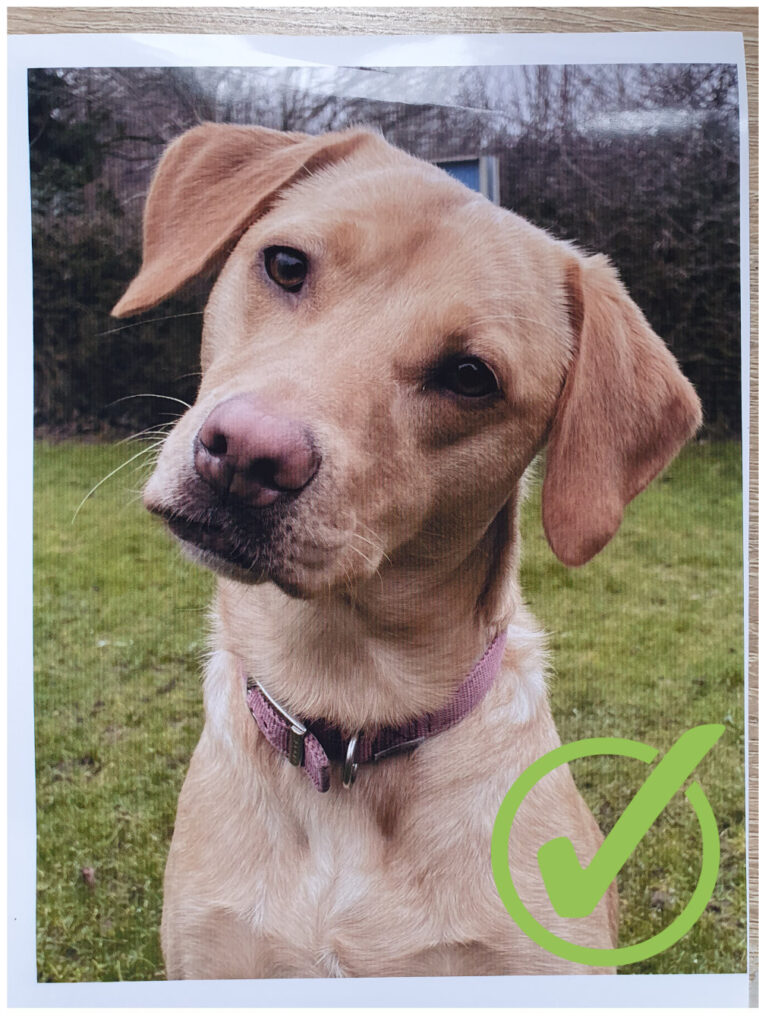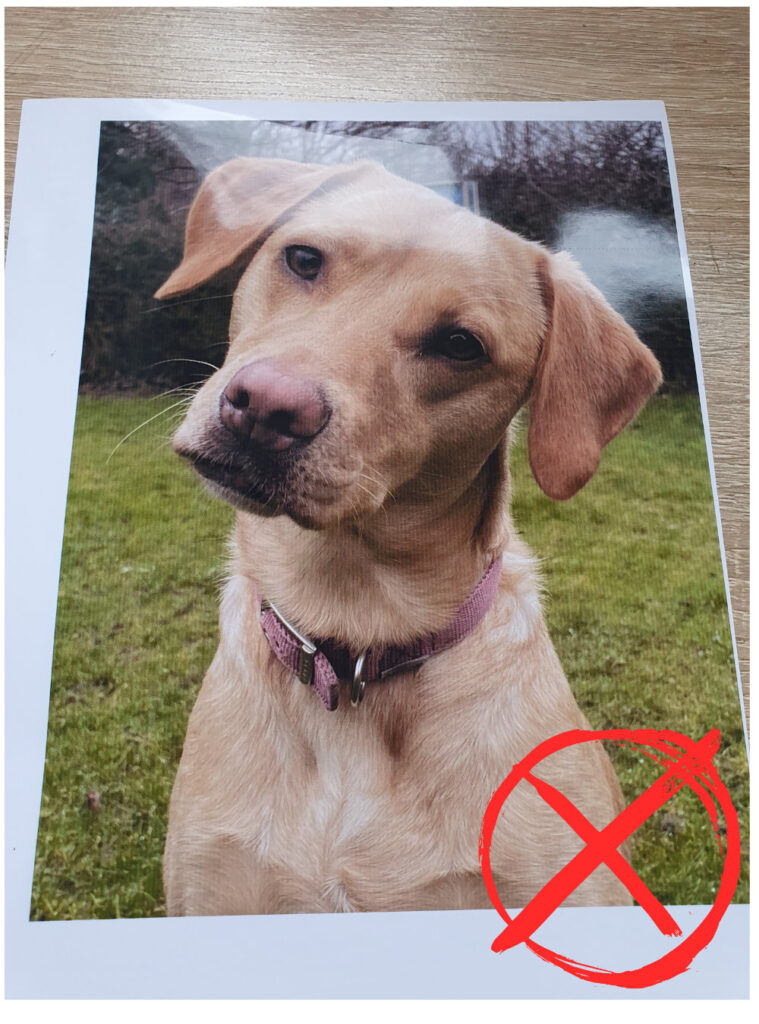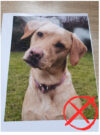When all you have is a hard copy.

When it comes to supplying me with a photo for your upcoming portrait, and a scanner isn’t available to hand, or digital copies are impossible or difficult to come by, so the only solution is to take a photo of a photo, however, there’s a crucial aspect often overlooked – photographing physical copies of photos. Whether it’s a photo in a frame or an old print, capturing it accurately requires more attention than a casual snap. The importance of taking a photo of a photo directly above a hard copy cannot be overstated, as any deviation in angle can distort the image, affecting its quality and will reflect in the finished piece.

The key to capturing a true representation lies in the angle of the camera. Unlike photographing objects or scenes where various angles can enhance composition, photos demand a straightforward approach. Shooting directly above the photo ensures minimal distortion and maintains the proportions and details of the original image. This simple adjustment can make a world of difference in preserving the true proportions of the subject I’m recreating.
Why does the angle matter so much? Consider the properties of light and perspective. When photographing at an angle, the camera lens introduces distortion due to perspective, especially noticeable with rectangular objects like photos. This distortion manifests as skewed proportions, elongated or compressed features, and overall loss of clarity.
Moreover, photographing at an angle introduces unwanted reflections. Glass frames, glossy prints, or even the surface of the photo itself can reflect light sources, creating glare or ghosting in the image. These reflections not only obscure details but also detract from the visual appeal of the photo. By shooting directly above, you minimize the risk of unwanted reflections, ensuring a clear and unobstructed view of the subject.
To illustrate the significance of this technique, let’s consider a comparison. Imagine photographing a family dog at a slight angle versus shooting it from directly above. In the former, the resulting image may appear distorted, with the face appearing stretched or compressed.
Pet Portrait Photography tips

5 Pet Portrait Photography Tips: 1. Optimal Indoor Settings. Here are some pet portrait photography tips: Capturing the essence of […]
The Art of Photographing Photos

When all you have is a hard copy. When it comes to supplying me with a photo for your upcoming […]
